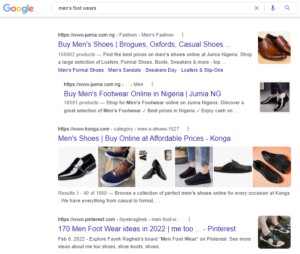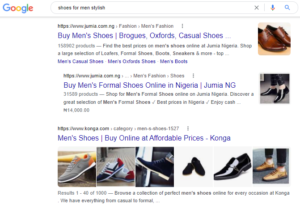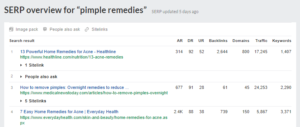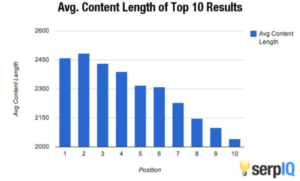On-page, SEO is simply the practice of optimizing web pages to rank higher in search engines, and it revolves heavily around optimizing pages for search intent. On-page optimization also involves creating and optimizing HTML tags like titles and Meta descriptions. Now, if you have been exposed to the practice of on-page SEO, then it’s pretty likely that you’ve heard conflicting advice, and for that reason, we are going to discuss what on-page SEO is and what it is not.
Let’s talk about some common advice you may see about on-page SEO best practices that are just not true today. There are many old school tactics that are still being recommended; I want to focus on just three points to help you navigate the noise:
- On-page SEO is not about stuffing exact match keywords.
- On-page SEO is not about using your keyword a specific number of times on the page.
- On-page isn’t about meeting a minimum word count.
On-page SEO is not about stuffing exact match keywords.
It used to be common practice to include the exact keyword you wanted to rank for in your title, URL, and content. For example, if you want to rank for “T-Shirt Mockups,” you would stuff the keyword throughout your page despite the fact it doesn’t make sense. Google is smart enough to understand things like connecting words, synonyms, and closely related words and phrases. For example, the queries on men’s footwear and shoes for men stylish have nearly identical search results on the top-ranking pages.


In fact, for any query with connecting words, synonyms, and closely related words and phrases, the top ten pages are always nearly identical. Unfortunately, stuffing exact match keywords is still being practiced today. Keyword stuffing can lead to poor user experience and poor readability, which are all things that on-page SEO should not do.
On-page SEO is not about using your keyword a specific number of times on the page.
In a study of 3 million search queries, Ahrefs found that, on average, a top-ranking page ranks for around a thousand other relevant keywords in the top 10. Now can you imagine what it would be like if a top-ranking page had to mention all 1000 of those keywords at least three times? It makes no sense; the content will be unnecessarily lengthy and create an awful user experience for visitors. For example, look at the SERP for the query “pimple remedies,” you will see that Healthline’s article on 13 powerful home remedies for acne ranks number one, and there is no mention of a pimple in the title or URL.

On-page isn’t about meeting a minimum word count.
Some studies have shown that the average content length of the top ten results is over 2000 words.

These findings, as a result, have made many SEOs recommend that you create pages that are at least that long, but that isn’t exactly a piece of sound advice. Instead, say Google prefers content-rich sites. For example, Ahrefs rank number 1 for the keyword “free SERP checker,” and the page generates about 6700 monthly organic search traffic.

But the page contains just 522 words for that post.

Another example is the page on “How to Set up Your Day Trading Computer,” which ranks number one for the query “best computer set up for day trading” and generates traffic of about 3300.

But this page only has 1476 words on it.

WHAT ON-PAGE SEO IS TODAY
Looking at the definition again, on-page SEO is the practice of optimizing web pages to rank higher in search engines. And as earlier mentioned, this resolves heavily around optimizing pages for search Intent. The keyword here is search intent. Meaning:
- The goal of your pages should be to satisfy the searchers’ intent. You will find out how to be able to satisfy the searchers’ intent by getting the basic stuff down like the content type, content format, and content angle.
- Your content needs to address the things people expect to see.
- You need to nail the more tangible items like; titles, subheadings, internal linking, readability, and the actual content itself.
In summary, you should have a basic understanding of how a search engine works and how to utilize the concepts of SEO to boost your results. Whether you’re an individual looking to generate more income or a business looking to outsmart your competition, search engine optimization is something that you should be familiar with. The world of SEO is constantly evolving, and the things that work today may not work tomorrow.



